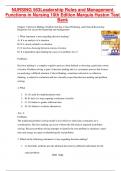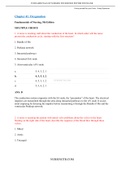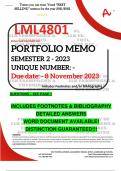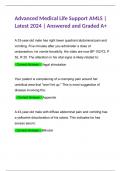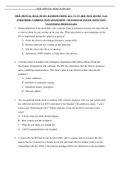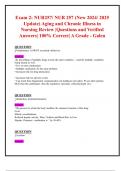College aantekeningen
Extensive notes for Oncology exam 2 (Lectures and Book WITHOUT KW SEMINARS) - Molecular Biology of Cancer Auteur: Pecorino, Lauren | ISBN: 9780198833024
- Instelling
- Vrije Universiteit Amsterdam (VU)
This document contains extensive notes of the lectures that belong to the second exam of oncology WITHOUT KW SEMINARS. Many pictures are included with an explanations and also things that were mentioned in the book but not during the lexctures are included. It is in it English because the exam will...
[Meer zien]







